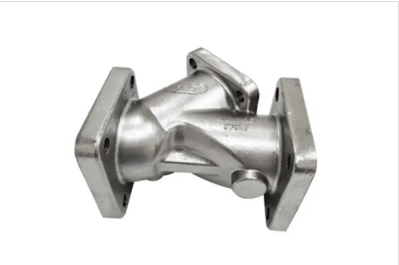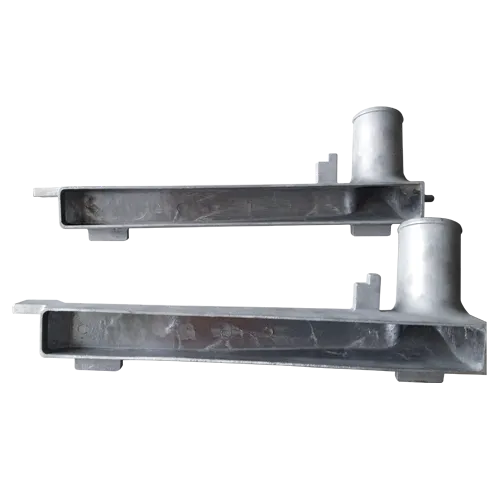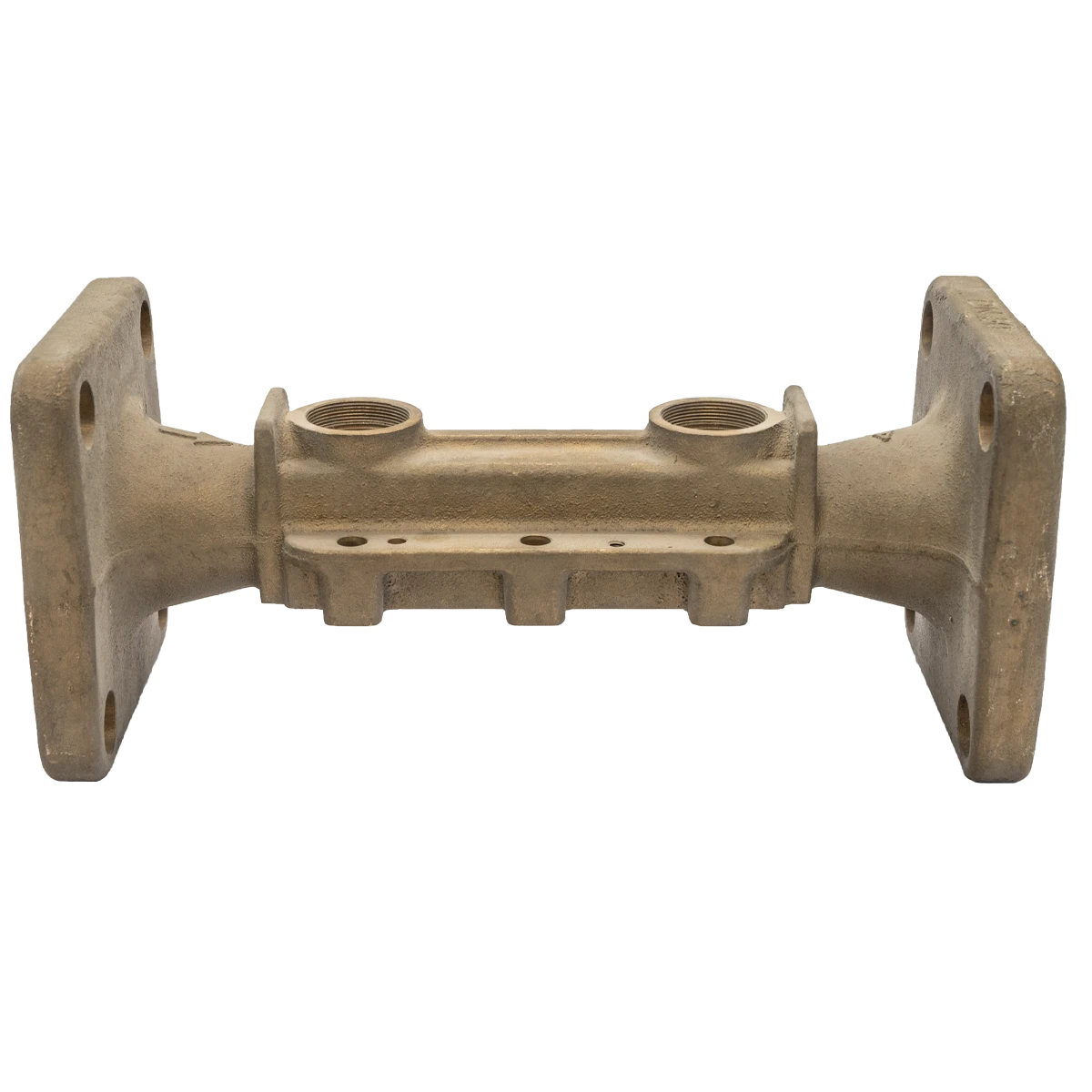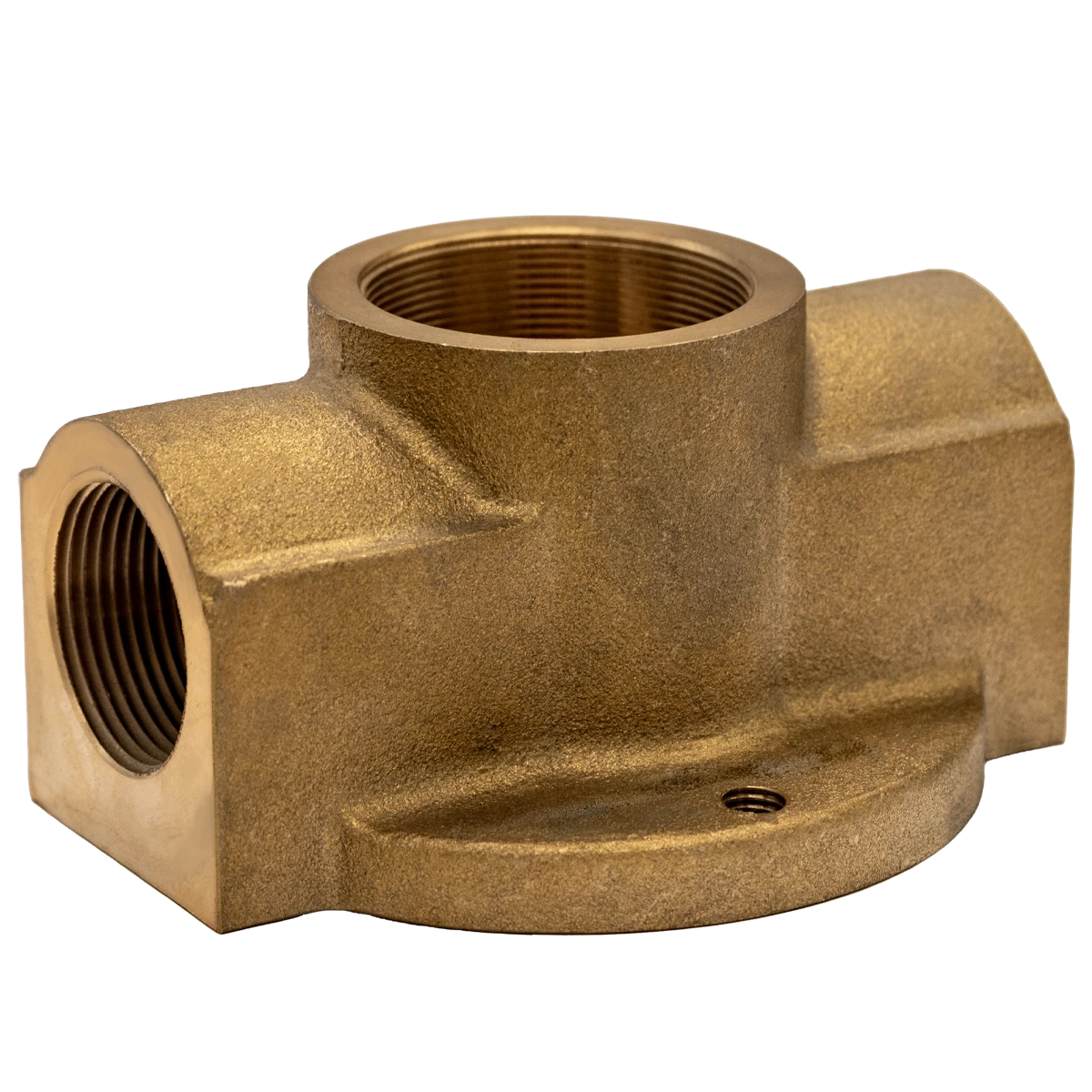Mobile:+86-311-808-126-83
Email:info@ydcastings.com
English
What is Aluminum Casting? Precision Solutions for Industry
- Understanding aluminum casting and its significance
- Market trends and data projections for the industry
- Technical advantages across different casting methods
- Detailed alloy comparison with specific focus on 7075
- Vendor selection criteria for aluminum investment casting
- Customization workflows from design to production
- Real-world applications transforming major industries

(what is aluminum casting)
What is Aluminum Casting?
Aluminum casting represents a foundational manufacturing process where molten aluminum is poured into molds to create complex components. This technique transforms raw aluminum—with its favorable 2.7 g/cm³ density—into precision parts across aerospace, automotive, and industrial sectors. Aluminum green sand casting utilizes bonded sand molds for economical production, while aluminum investment casting (lost-wax process) achieves ±0.13mm tolerances for intricate geometries. Modern foundries combine these methods with Industry 4.0 capabilities like real-time thermal monitoring, reducing defects by 30-40% compared to traditional approaches.
Market Growth and Industrial Impact
Recent data underscores aluminum casting's expanding role in global manufacturing. The market is projected to reach $114.62 billion by 2028, growing at a 5.7% CAGR (2022-2028). This growth trajectory reflects aluminum's irreplaceable properties:
- 60% lighter than steel equivalents
- 95% recyclability rate reduces carbon footprint
- 50% faster cycle times than iron casting
Notably, electric vehicle production now accounts for 22% of all aluminum casting demand, with battery housings requiring precisely cast 7075 aluminum structural components that withstand 300-500 MPa stresses.
Technical Process Advantages Compared
Different casting methods offer distinct technical benefits for specific applications. Green sand casting provides the most cost-effective solution for medium-volume runs (500-10,000 units), with mold costs 75% lower than permanent alternatives. Investment casting delivers superior surface finishes (1.6-3.2μm Ra) and maintains dimensional stability for turbine blades and medical implants. See how key processes compare:
| Process | Cost Factor | Tolerance | Wall Thickness | Best For |
|---|---|---|---|---|
| Green Sand | $5-15/kg | ±0.5mm | 3-100mm | Engine blocks, housings |
| Investment | $15-50/kg | ±0.13mm | 0.8-50mm | Aerospace components |
| Die Casting | $8-25/kg | ±0.12mm | 0.9-12mm | High-volume parts |
Surface integrity testing confirms investment-cast parts exhibit 20% fewer micro-voids than sand-cast alternatives, significantly enhancing fatigue resistance.
Casting 7075 Aluminum: Aerospace-Grade Performance
Working with 7075 aluminum requires specialized expertise due to its unique metallurgical properties. The alloy's high zinc content (5.6-6.1%) enables remarkable 572 MPa ultimate tensile strength - comparable to many steels. However, its narrow solidification range demands precise thermal control:
- Pouring temperatures must be maintained at 650°C±15°C
- Coefficient of thermal expansion: 23.6 μm/m·K
- Post-casting T6 heat treatment adds 40% hardness
Advanced simulation software now predicts 7075's shrinkage patterns with 92% accuracy, reducing scrap rates below 8% compared to the industry's 12-15% average.
Selecting Aluminum Investment Casting Companies
Choosing the right manufacturing partner among aluminum investment casting companies requires evaluating key technical capabilities. Beyond ISO 9001 certification, tier-1 suppliers should demonstrate:
- 200-ton minimum furnace capacity
- CMM inspection accuracy ≤ 0.025mm
- Validated NADCA standards compliance
Financial stability indicators matter equally - seek companies maintaining 30-40% operating margins while investing ≥5% of revenue in R&D. Facility audits revealing modern melt filtration systems and robotic finishing cells typically outperform conventional foundries by 18-22% in quality consistency metrics.
Customization: From Design to Production
Leading aluminum casting manufacturers now offer integrated digital workflows for custom projects:
- Topology-optimized design reduces component weight by 15-40%
- 3D printed sand molds enable 48-hour prototype turnaround
- Automated gating systems optimize metal yield above 85%
For prototyping complex geometries, expendable foam patterns allow revisions at 40% lower cost than permanent tooling. Production runs exceeding 10,000 units typically justify permanent mold investments, achieving per-part savings of 60-75% after breakeven.
Why Aluminum Casting Transforms Industries
The automotive sector's transition exemplifies aluminum casting's transformative impact. BMW's latest electric drive units utilize aluminum investment casting housings that consolidate 12 separate steel components into single 7.8kg structures, reducing assembly time by 70%. Similarly, aerospace applications leverage cast 7075 aluminum brackets that withstand 9G loads while trimming airframe weight by 35%. Emerging innovations like graphene-reinforced aluminum composites promise even greater leaps, potentially increasing stiffness-to-weight ratios by 200% within this decade.

(what is aluminum casting)
FAQS on what is aluminum casting
Q: What is aluminum casting?
A: Aluminum casting is a manufacturing process where molten aluminum is poured into molds to form complex shapes. It utilizes techniques like sand or die casting for diverse applications, providing cost-efficiency and versatility.
Q: What is aluminum green sand casting?
A: Aluminum green sand casting involves using moist sand molds to create aluminum components economically. This method is ideal for large-scale production and handles intricate designs with good surface detail.
Q: Can 7075 aluminum be cast effectively?
A: Yes, casting 7075 aluminum is possible but requires precision methods like investment casting to manage its high strength and crack sensitivity. It's commonly used for aerospace parts needing durability.
Q: What services do aluminum investment casting companies offer?
A: Aluminum investment casting companies specialize in lost-wax processes for high-accuracy aluminum parts. They produce complex shapes with fine details for industries like automotive and defense.
Q: Why is aluminum casting preferred in green sand methods?
A: Aluminum green sand casting is preferred for its low cost and recyclability of molds. It delivers quick production of robust aluminum parts while maintaining environmental sustainability.
-
Materials Used in Manufacturing Cap End Pipe FittingsNewsNov.24,2025
-
Material Properties of CF8M CastingNewsNov.24,2025
-
How to Inspect Pump Cap Ends for DamageNewsNov.21,2025
-
Backward Curved Impeller – Efficient Airflow Solutions for Industry | YD CastingsNewsNov.21,2025
-
Automobile Water Pump - Efficient, Quiet, Durable & ElectricNewsNov.21,2025
-
Impeller for Pumps – High-Efficiency, Durable, OEM-ReadyNewsNov.21,2025











